Week Eight
Hannah Arendt, Eichmann in Jerusalem
Perhaps the greatest political philosopher of the twentieth century, Hannah Arendt was not a system builder. Rather, she was a thinker, who thought things through carefully, making illuminating distinctions. Ideologies deaden thought. If we do not think, we cannot judge good and evil, and become easier prey to participating in the brutalities made possible by the massive concentration of bureaucratic and technocratic power in the nation-state. And thinking should be set on common ends. Arendt holds before us the civic republican ideal of political action as the highest flourishing of human existence: not labor, which merely meets biological needs, nor the fabrication of objects, but the deeds and speeches performed in the public realm to secure the common good. Both liberal capitalism and communism instead reduce politics to economics. Modernity promised democratic participation in self-government, and what we have instead is a reduction of human intellect to instrumental rationality serving material ends. How did reform and enlightenment lead to ideology and not emancipation? Because the social question overwhelmed the political question: the oikos (the household) swallowed the polis.
“Evil in the Third Reich had lost the quality by which most people recognize it—the quality of temptation.”
An only child, Hannah Arendt was born in Wilhelmine Germany (in present-day Hanover) in 1906, though she grew up in Kant’s city of K¨onigsberg, at the time an important center of the Jewish Enlightenment. The family was progressive and secular; they were thoroughly assimilated Jews, though Jews still lacked full citizenship rights there. Her father died when she was seven. Her mother was a committed social democrat and became a follower of Rosa Luxemburg. She raised Hannah according to a Goethean pedagogy.
The Davenant Institute on the key to Martin Luther’s theology, and view of eternal life.
Romano Guardini taught her Kierkegaard at the University of Berlin, and she wanted to pursue theology at that point. She went on to Marburg (1924-26), where she studied with Martin Heidegger, who had an affair with her. Heidegger was preparing Being and Time (published in 1927). This crucial text shifted the center of gravity from Husserl’s phenomenology towards existentialism. Under the direction of the existentialist Karl Jaspers, Arendt wrote her dissertation at Heidelberg on Love and Saint Augustine (published in 1929). There she was initiated into Jewish politics by the Zionist Kurt Blumenfeld. After Hitler took power in 1933, she had to trick the police to escape with her mother to Paris, where she became friends with Walter Benjamin and Raymond Aron. After France fell, she and her husband fled to the U.S., eventually settling in New York. She became senior editor at Schocken Books in 1950 and a U.S. citizen in 1951. She taught at many universities, but refused tenure-track positions. In 1961, Arendt covered the trial of Adolf Eichmann for The New Yorker, publishing her account in 1963 to great controversy. She died in 1975, in Manhattan.
